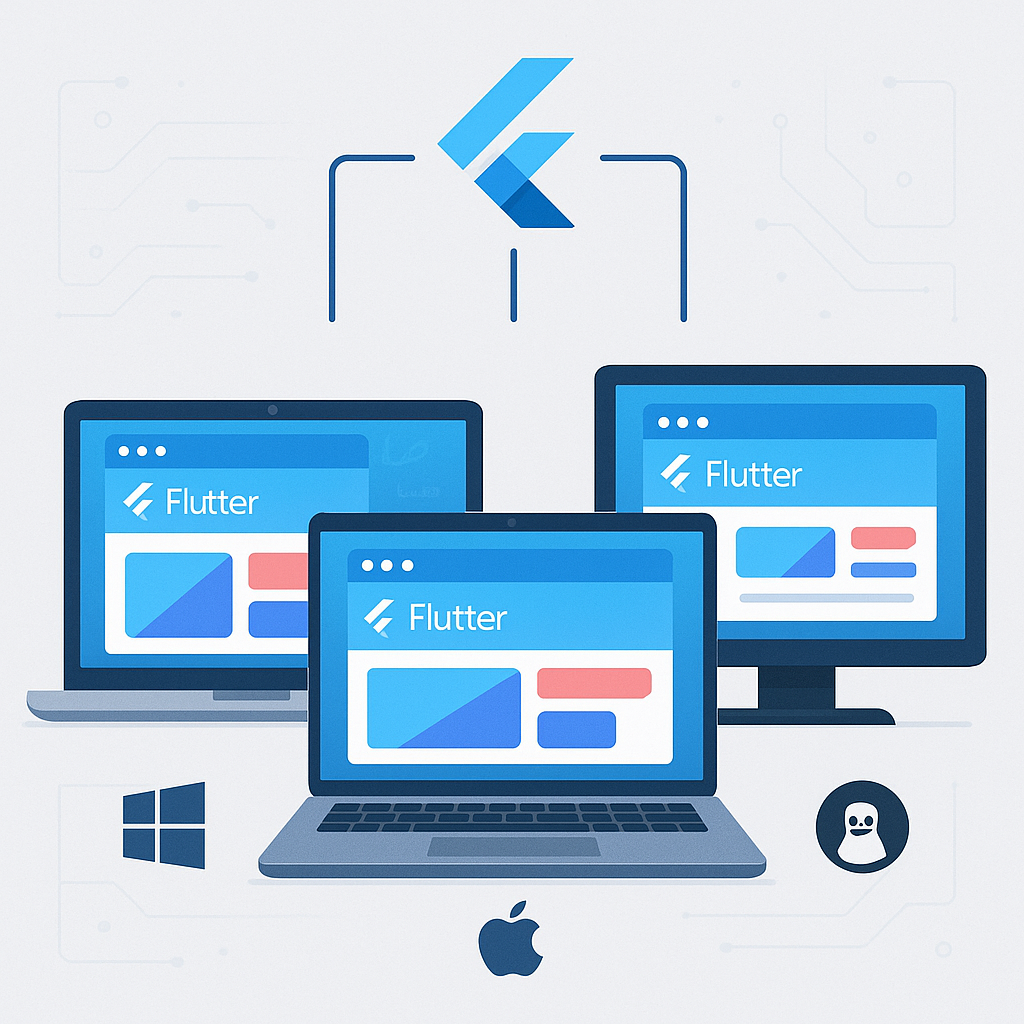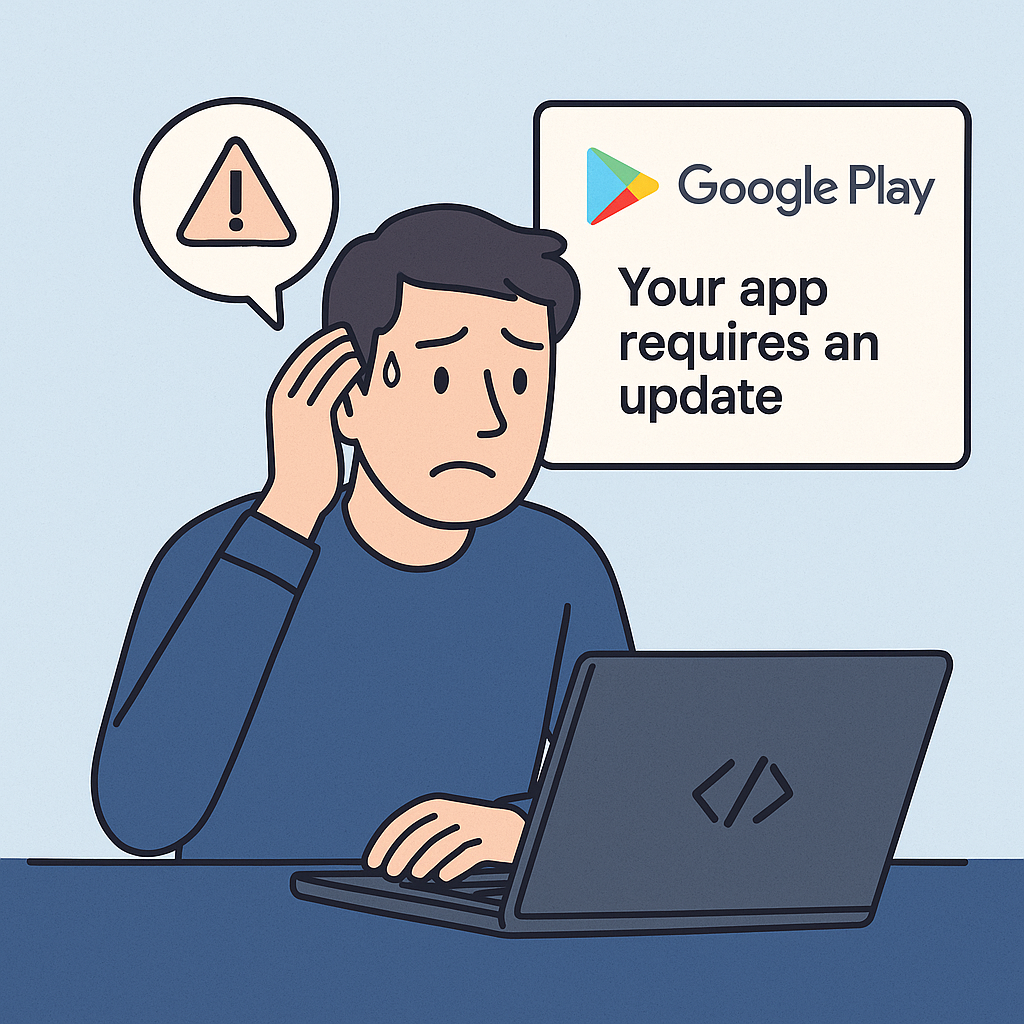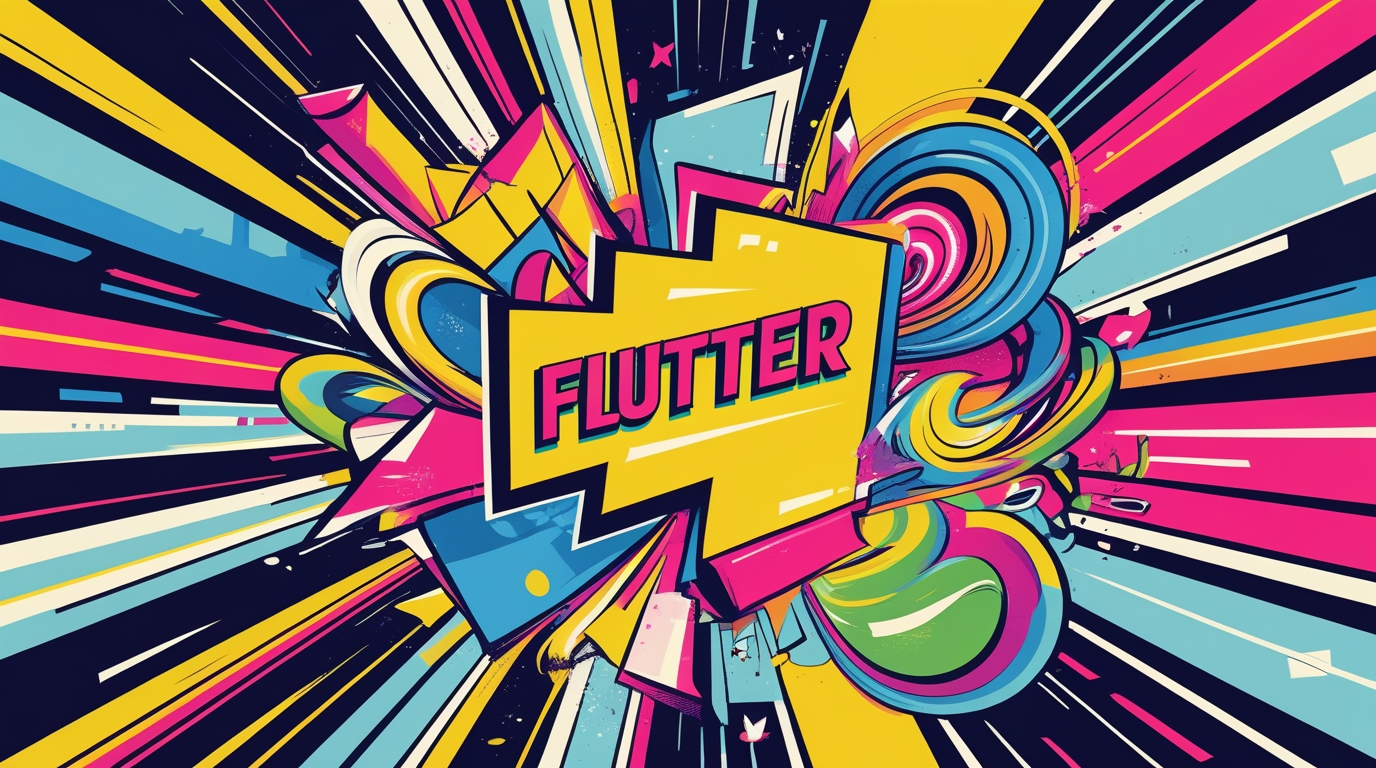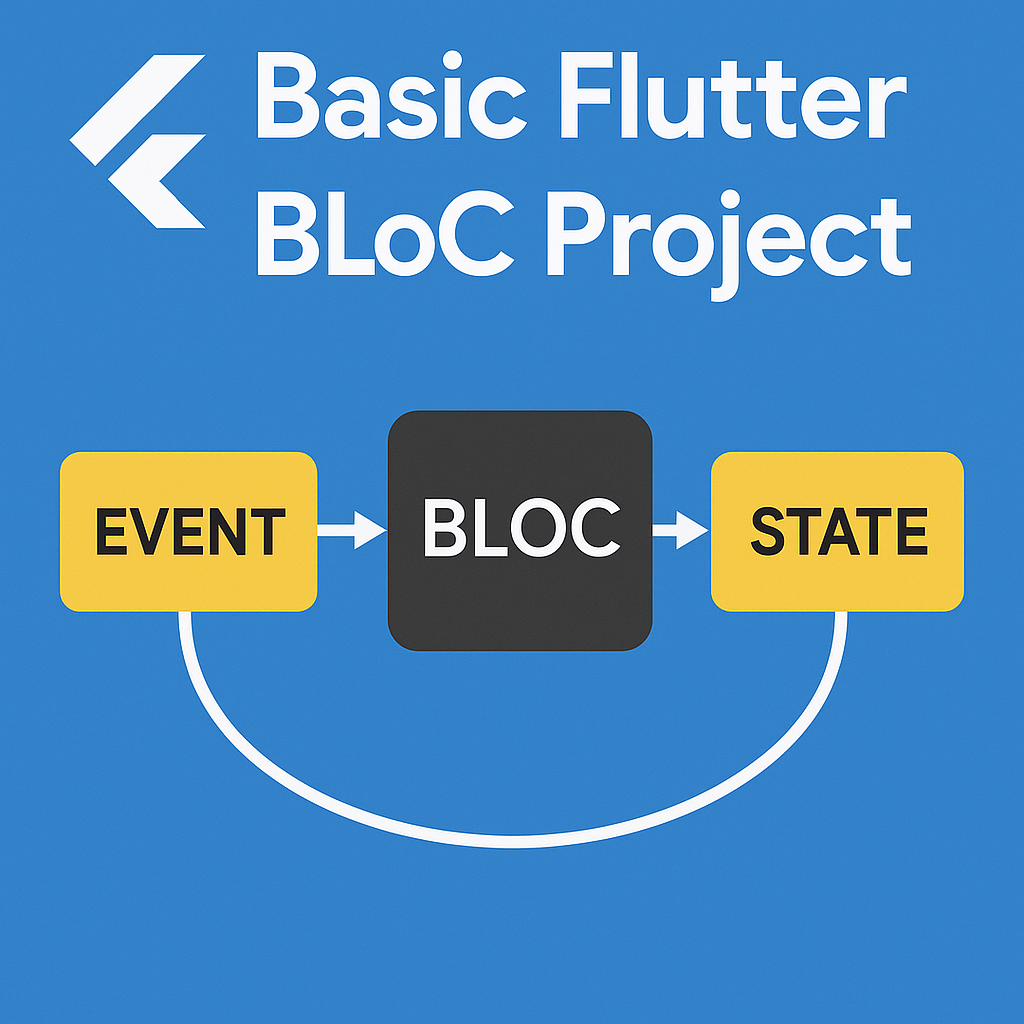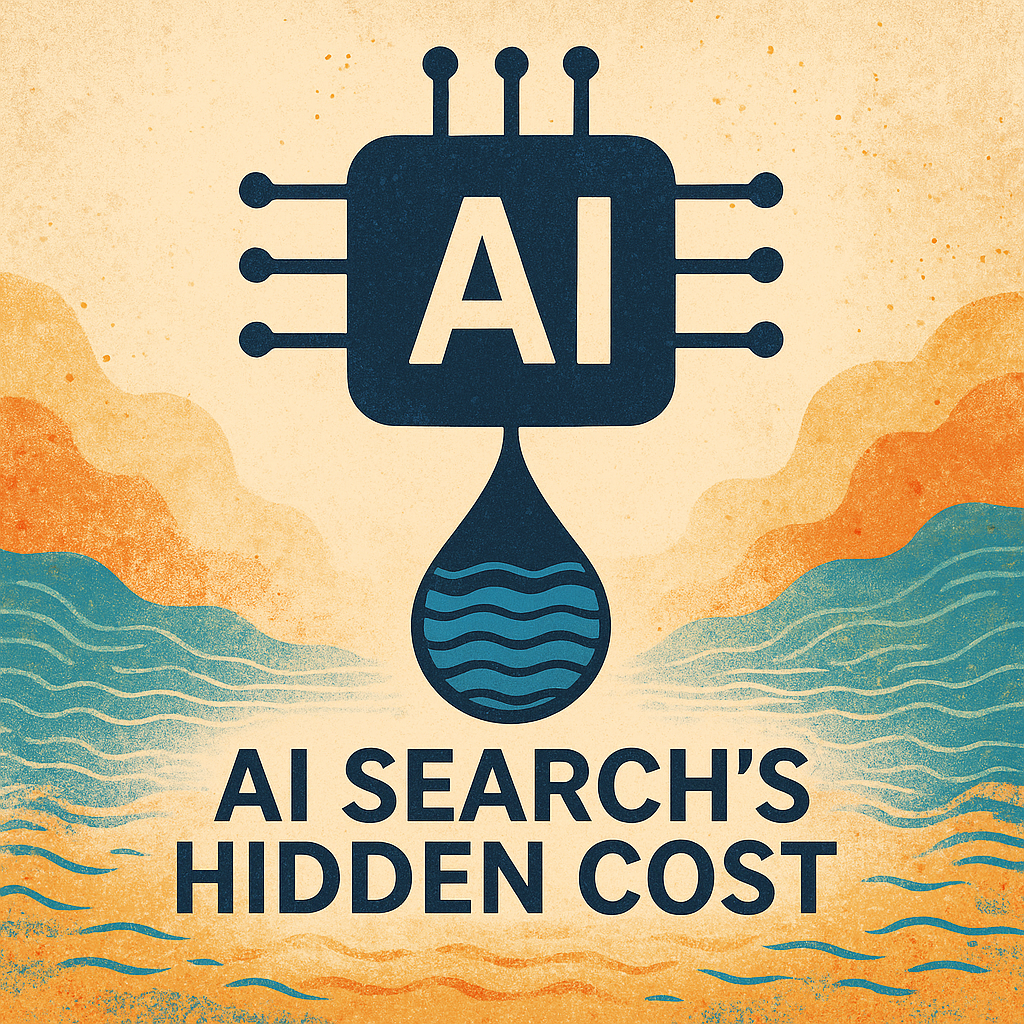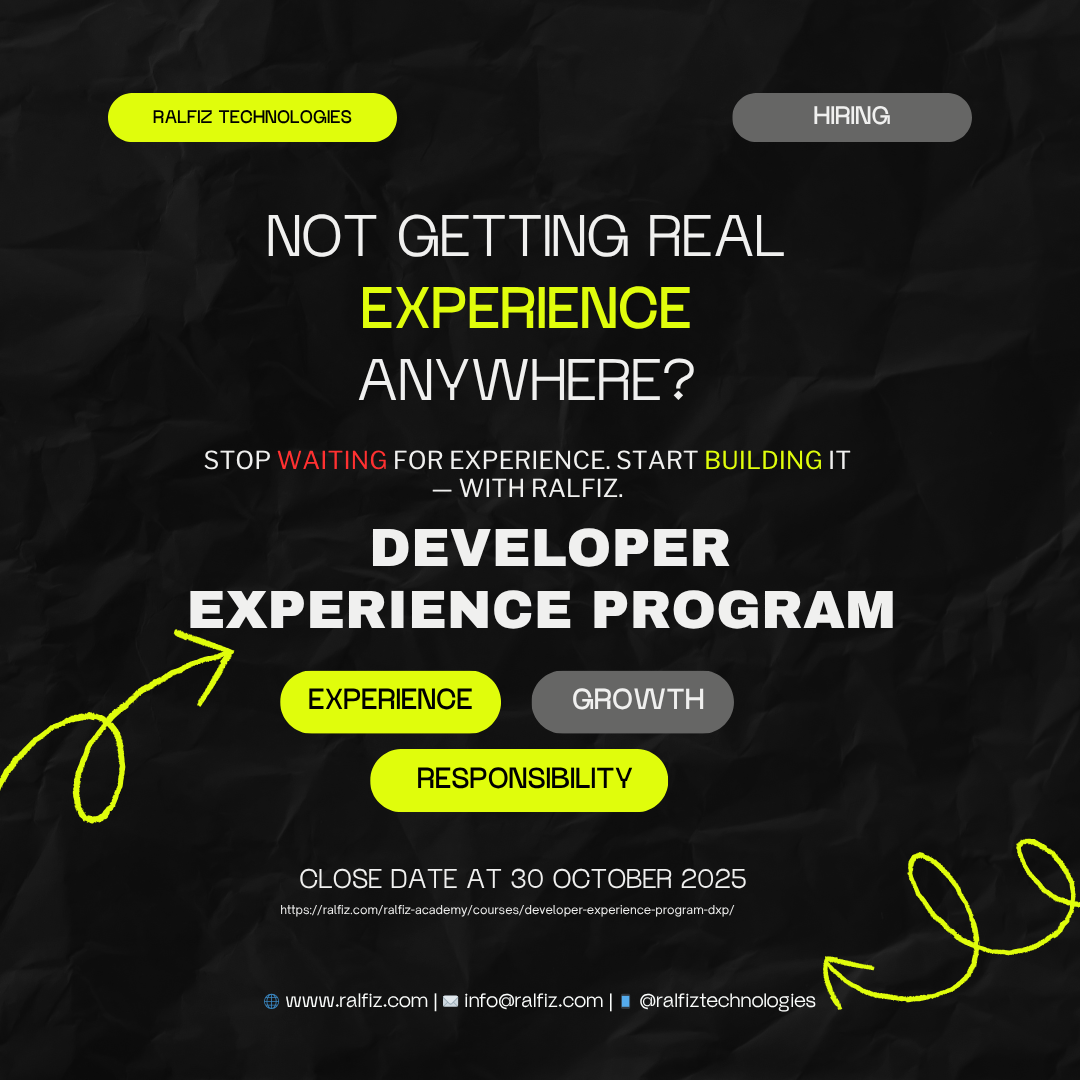Flutter Desktop Apps: Revolutionizing Cross-Platform Development
The desktop application landscape is experiencing a renaissance, and Flutter is at the forefront of this transformation. What started as Google's mobile UI toolkit has evolved into a comprehensive solution for building beautiful, high-performance desktop applications across Windows, macOS, and Linux. With Flutter's stable desktop support, developers can now leverage their mobile development skills to create stunning desktop experiences.
The Evolution of Flutter Desktop
Flutter's journey to desktop maturity has been remarkable. Initially focused on mobile development, Flutter expanded its reach through careful engineering and community feedback. The framework achieved stable desktop support in early 2022, marking a significant milestone in cross-platform development.
Unlike traditional desktop frameworks that often compromise on performance or appearance, Flutter brings its signature advantages to the desktop: pixel-perfect rendering, smooth animations, and consistent behavior across platforms. This means your desktop app looks and feels exactly as intended, whether running on a Windows laptop, Mac workstation, or Linux development machine.
Why Choose Flutter for Desktop Development?
Single Codebase, Multiple Platforms: The most compelling advantage is writing one codebase that runs natively on Windows, macOS, Linux, iOS, Android, and web. This dramatically reduces development time and maintenance overhead while ensuring feature parity across platforms.
Native Performance: Flutter compiles to native machine code, delivering performance that rivals platform-specific applications. The framework's efficient rendering engine ensures smooth animations and responsive interactions, crucial for professional desktop software.
Rich UI Capabilities: Flutter's widget system excels at creating complex, custom interfaces. From data visualization dashboards to creative design tools, Flutter provides the flexibility to build exactly what users need without compromising on visual appeal.
Familiar Development Experience: Mobile Flutter developers can immediately start building desktop apps with minimal learning curve. The same widgets, state management patterns, and development tools apply seamlessly to desktop development.
Key Differences: Mobile vs Desktop Flutter Development
Developing for desktop requires understanding the unique characteristics of desktop users and environments:
Screen Real Estate: Desktop screens offer significantly more space, allowing for complex layouts with multiple panes, detailed information displays, and sophisticated navigation patterns. Flutter's flexible layout system adapts beautifully to larger screens.
Input Methods: Desktop users expect keyboard shortcuts, right-click context menus, precise mouse interactions, and drag-and-drop functionality. Flutter provides comprehensive input handling for all these interaction patterns.
Window Management: Desktop apps need proper window sizing, minimizing, maximizing, and multi-window support. Flutter's desktop plugins handle these platform-specific behaviors seamlessly.
File System Integration: Desktop users frequently work with local files, requiring robust file picker integration, drag-and-drop file handling, and proper file association management.
Essential Desktop-Specific Considerations
Responsive Design at Scale: Desktop responsive design goes beyond simple screen adaptation. Consider how your interface utilizes wide screens, how information density affects usability, and how navigation patterns differ from mobile tap-based interactions.
Platform Integration: Each desktop platform has unique conventions and expectations. Windows users expect certain menu structures and keyboard shortcuts, Mac users have different expectations for application behavior, and Linux users often prefer customizable interfaces.
Performance Optimization: Desktop applications often run for extended periods and handle larger datasets than mobile apps. Memory management, efficient data structures, and proper state cleanup become increasingly important.
Accessibility Standards: Desktop platforms have mature accessibility frameworks and user expectations. Implementing proper screen reader support, keyboard navigation, and high contrast mode compatibility is essential for professional desktop applications.
Popular Use Cases and Success Stories
Productivity Applications: Flutter excels at building productivity tools like project management software, note-taking applications, and document editors. The framework's rich text capabilities and layout flexibility make it ideal for information-dense interfaces.
Creative Tools: Design applications, image editors, and content creation tools benefit from Flutter's precise rendering and custom painting capabilities. Several professional creative applications have successfully adopted Flutter for their cross-platform desktop presence.
Business Applications: Enterprise software, CRM systems, and data analysis tools leverage Flutter's ability to handle complex data visualization and provide consistent experiences across corporate device ecosystems.
Development Tools: Interestingly, many developer tools and IDEs are being built with Flutter, taking advantage of the framework's ability to create sophisticated, customizable interfaces that developers appreciate.
Getting Started with Flutter Desktop
Setting up Flutter for desktop development is straightforward. The Flutter SDK includes desktop support out of the box, requiring only platform-specific dependencies:
For Windows development, you'll need Visual Studio with C++ development tools. macOS requires Xcode and CocoaPods, while Linux needs standard build tools and development libraries.
The development workflow remains familiar: hot reload works perfectly for desktop development, allowing rapid iteration on complex interfaces. The same debugging tools and profiling capabilities available for mobile development apply to desktop applications.
Essential Packages for Desktop Development
File System Operations: Packages like file_picker and path_provider handle file selection and local storage with platform-appropriate dialogs and behaviors.
Window Management: window_manager provides comprehensive window control, allowing applications to manage window properties, positioning, and behavior programmatically.
System Integration: Packages for system tray integration, notifications, and auto-start functionality help desktop applications feel native and integrated with the operating system.
Advanced UI Components: Desktop-specific UI packages provide components like split panes, advanced data tables, and desktop-style navigation that enhance the desktop user experience.
Performance and Optimization Strategies
Desktop Flutter applications benefit from several optimization approaches:
Memory Management: Desktop apps often run longer and handle larger datasets. Implementing proper disposal patterns, using efficient data structures, and monitoring memory usage becomes crucial for professional applications.
Rendering Optimization: Large screens and complex interfaces require careful attention to rendering performance. Techniques like widget recycling, efficient list building, and proper use of const constructors significantly impact performance.
Platform-Specific Optimizations: Each desktop platform has unique characteristics. Leveraging platform-specific APIs through method channels can provide performance benefits for computationally intensive operations.
Challenges and Solutions
Platform Consistency vs Native Feel: Balancing consistent cross-platform behavior with platform-specific expectations requires thoughtful design decisions. Flutter's flexibility allows customization while maintaining code reuse.
Large Application Architecture: Desktop applications often grow more complex than mobile apps. Implementing proper architecture patterns, state management solutions, and modular design becomes essential for maintainability.
Distribution and Updates: Desktop application distribution differs significantly from mobile app stores. Consider packaging solutions, update mechanisms, and installation processes for each target platform.
The Future of Flutter Desktop
The Flutter team continues investing heavily in desktop capabilities. Recent updates have focused on improving text editing experiences, enhancing platform integration, and optimizing performance for desktop-specific scenarios.
Emerging trends include better integration with system APIs, improved accessibility features, and enhanced tooling for desktop-specific development workflows. The growing ecosystem of desktop-focused packages indicates strong community adoption and continued evolution.
Making the Desktop Decision
Flutter desktop represents a paradigm shift in cross-platform development. For teams already using Flutter for mobile development, extending to desktop provides immediate value and code reuse opportunities. For new projects, Flutter offers a modern alternative to traditional desktop frameworks with superior development experience and cross-platform capabilities.
The framework's maturity, performance characteristics, and growing ecosystem make it a compelling choice for both indie developers and enterprise teams looking to build sophisticated desktop applications.
Whether you're creating a simple utility, a complex business application, or a creative professional tool, Flutter desktop provides the foundation for building beautiful, performant applications that users will love across all desktop platforms.
The desktop application market is ripe for innovation, and Flutter provides the tools to create the next generation of desktop software. The question isn't whether Flutter can handle desktop development—it's what amazing desktop experiences you'll create with it.
Ready to bring your Flutter expertise to the desktop? The platform is mature, the tools are available, and the opportunities are endless. Start building the desktop applications that will define the future of cross-platform development.


